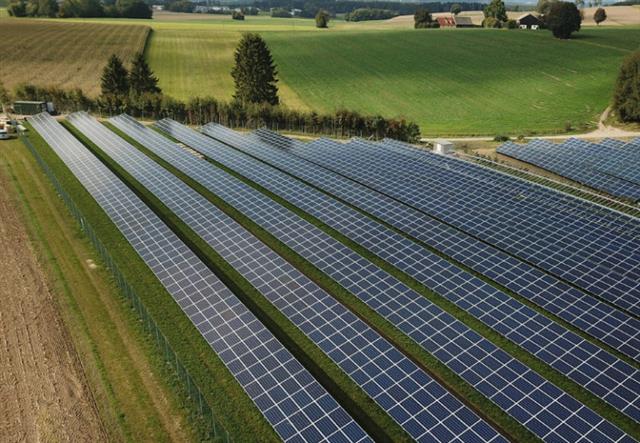
The year 2021 marks the start of grid parity for solar PV power generation. It is projected that about 40GW solar projects will be connected to grid without feed-in tariffs. However, affected by the price spike, the construction progress of most projects is obviously slower than expected. A third-party organization even lowered the expectation of newly installed capacity down to 50GW, which is difficult to achieve under the current circumstances.
Price Spike
Statistics shows that the average price of mono-crystalline silicon has risen from ¥84/kg to ¥153/kg, and the highest transaction price is as high as ¥170/kg, challenging the affordability of downstream enterprises. However, according to the prediction of Lv Jinbiao, deputy director of the expert committee of silicon branch of China Nonferrous Metals Industry Association, the demand is still there, and no one wants to lose market share. Therefore, silicon price will continue to surge even up to ¥200/kg later this year.
Driven by the rise of silicon price, the prices of silicon wafers, cells and modules are also increasing, but the price increases vary. Cell and module manufacturers, in particular, have few bargaining chips in the face of leading wafer manufacturers, and thus have to bear more pressure from the upstream. Lv Jinbiao said that at present, there is no sign of production reduction from wafer, cell and module enterprises, which means that silicon price will continue to rise. He also warned that when the silicon price reaches ¥200/kg, the comprehensive gross profit of leading enterprises integrating wafer, cell and module may come down to zero.
In CGN New Energy’s bidding of modules in 2021, the highest quote reached ¥1.898/W, with the average price of ¥1.692-1.811/W in different power segments. The bidding price of another state-owned enterprise was also between ¥1.66-1.815/W. Sources revealed that, the price of conventional size high-efficiency modules is close to the tolerance limit of central enterprises, but in fact, module manufacturers enterprises are not making more profits. Solarbe predicts that the price of cells and modules may not exceed ¥0.05/W, and the price of wafer may rise for about ¥0.3-0.5 per piece. Polysilicon price may reach ¥180-190/kg in the second half of this year.
Huang Haiyan, vice president of Chint, pointed out that by the end of 2020, the global silicon production capacity will reach about 550000 tons, equal to about 180GW of solar modules. This is basically in line with the installed capacity in the world. It’s just that the production of wafers, cells and modules are expanding too fast, which caused structural surplus, putting pressure on the industry. “Many wafer producers can hardly get silicon and can only buy them at high prices. But this is not normal. In the future, the price of silicon is sure to resume rationality. “
Another expert told Solarbe that Wacker Germany and OCI’s factory in Malaysia are fully operating, but they still cannot meet the growing demand of the global PV industry. Silicon will be in short supply this year, and it is not likely to improve until the second half of next year. Leading silicon enterprises can reduce cost pressure by raising prices. It is impossible to expect these enterprises to reduce production. They will only use this chance to enhance their advantages and squeeze the second and third tier enterprises out of the market. In fact, this will force some non-integrated enterprises to build their own silicon and wafer production capacity.
BOS Becomes the Key
Many state-owned enterprises have reported to lower the requirements on the internal rate of return (IRR) of PV projects, so that more PV projects can be constructed and connected to the grid. However, due to the high module prices, not many projects have started construction. Solarbe believes that the key to reducing the cost of power plants and achieving the dual carbon goals lies in reducing the non-technical costs such as BOS, increasing the power generation hours of power plants, lowering LCOE, and ensuring the income of the power stations.



